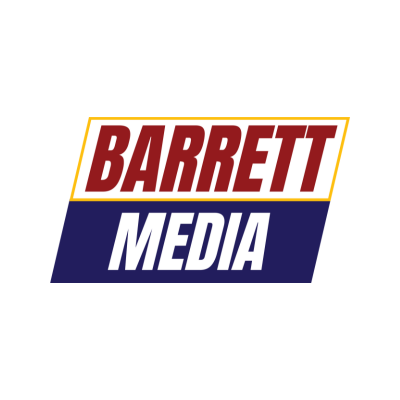The traditional regional sports network model seems to be in a state of peril, and it has led to Major League Baseball assuming select local broadcasts. Both the San Diego Padres and Arizona Diamondbacks now have their local games produced and distributed by the league’s local media department after Diamond Sports Group chose not to pay them in Chapter 11 bankruptcy. The dispute between MLB and Diamond Sports Group, the latter of which is now suing its parent company, Sinclair Broadcast Group, for allegations of misconduct in transactions and breach of contract.
On Tuesday, the Chicago Cubs and Marquee Sports Network announced a new direct-to-consumer service where fans will be able to watch games and access on-demand content. The network, which is co-owned by the team and Sinclair Broadcast Group, is charging $19.99 a month for fans to access the service.
“They’re healthy and the team is good and the ratings are relatively high and they’re making money,” Danny Parkins said of Marquee Sports Network on 670 The Score, “but they’re not making money like they used to.”
Since the launch of Marquee Sports Network in 2019, the rate of cord-cutting in the United States has accelerated, with major pay TV providers losing 16% more subscribers in Q1 2023 than Q1 2022. That equates to over 2.2 million households. As a result, it will likely have an impact on the next stage of media rights deals.
“In baseball, there’s no cap. There’s no floor. There’s no trust,” Parkins said. “So, all of a sudden if the owners are like, ‘Hold on a second. Our media rights deals collapsed; we’re making less money. We have to pay you less,’ and the players are like, ‘Nope, we don’t trust you; we don’t see your books. We expect player salaries to go up year after year after year after year.’ Shocking – they’re going to have a huge problem when it’s time for collective bargaining in a couple of years – a huge problem.”
The start of the 2022 Major League Baseball season was delayed because of a lockout; however, the league was still able to play 162 games since a deal was struck with enough time to hold spring training, albeit abbreviated. Co-host Matt Spiegel presented the idea of adding a salary cap for more parity in payrolls around the sport, preventing situations where the gap between the No. 1 and No. 30 teams is nearly $290 million.
“I remember having the very solid feeling last time the collective bargaining was up for debate that an entire restructuring of the way [MLB] does [its] business is called for very, very soon,” Spiegel said. “Frankly, if this forces those conversations to go to a new level and you end up getting somewhere that has a salary cap and a salary floor and some level of openness with the books, long-term I think that would do the game better.”
Parkins knows that the players would not feel the same way, therefore inciting a string of unfortunate events that would put the sport in a precarious position. The current collective bargaining agreement on Dec. 1, 2026, when, at that time, the league will either enter a work stoppage or continue operations under a new pact with the Major League Baseball Players Association.
“I think if that happens, you’d see a missed season,” Parkins said. “Now obviously that’s years down the road, but I think if it came to that, I think it would cost you a season. I think it would be worse than ‘94 just because they’ve taken so much pride [for] so long in being the strongest union and the only league with no cap and all of that.”






